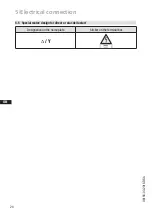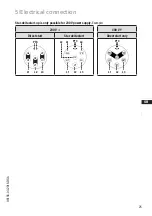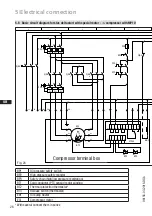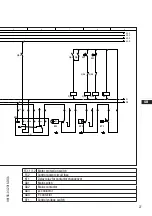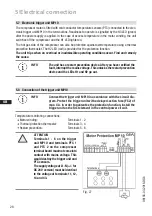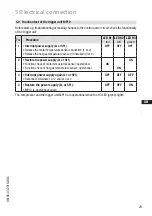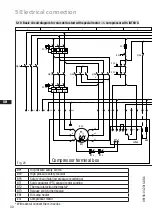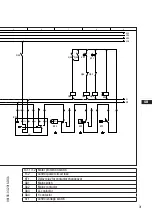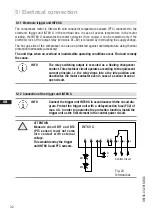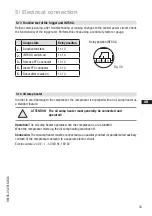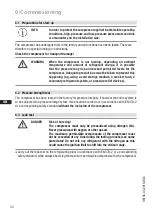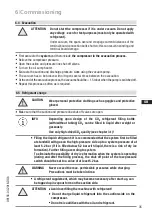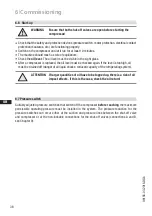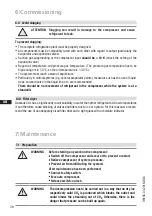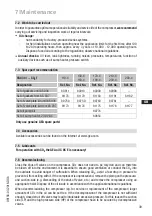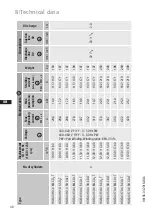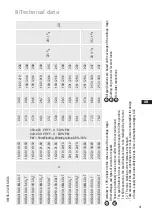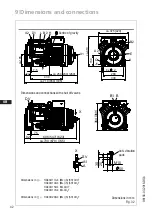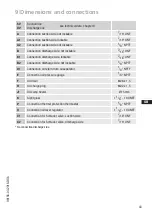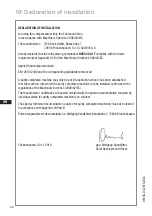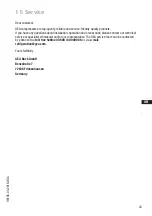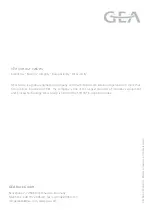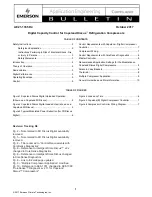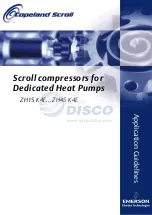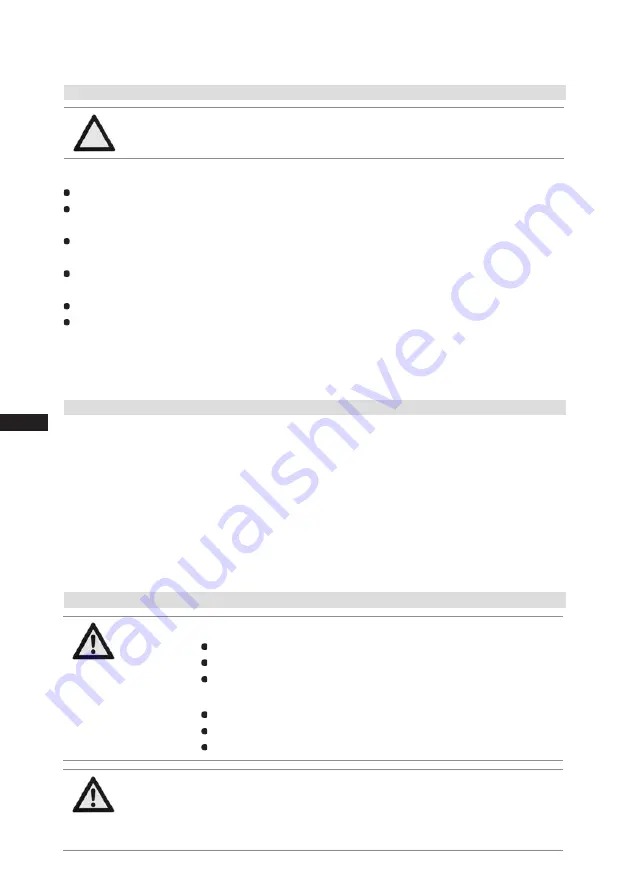
38
D
GB
F
E
96156-03.2016-DGb
6.9 Avoid slugging
7.1 Preparation
7
|
Maintenance
To prevent slugging:
The complete refrigeration plant must be properly designed.
All components must be compatibly rated with each other with regard to output (particularly the
evaporator and expansion valves).
Suction gas superheating at the compressor input
should be > 10 K
(check the setting of the
expansion valve).
Regard oil temperature and pressure gas temperature. (The pressure gas temperature has to be
high enough min. 50°C, so the oil temperature is > 30°C).
The system must reach a state of equilibrium.
Particularly in critical systems (e.g. several evaporator points), measures such as the use of liquid
traps, solenoid valve in the liquid line, etc. are recommended.
There should be no movement of refrigerant in the compressor while the system is at a
standstill.
ATTENTION Slugging can result in damage to the compressor and cause
refrigerant to leak.
WARNING
Before starting any work on the compressor:
Switch off the compressor and secure it to prevent a restart.
Relieve compressor of system pressure.
Prevent air from infiltrating the system!
After maintenance has been performed:
Connect safety switch.
Evacuate compressor.
Release switch-on lock.
WARNING
The decompression has to be carried out in a way that no dry ice
respectively solid CO
2
is produced which blocks the outlet and
could hinder the streaming out of CO
2
. Otherwise, there is the
danger that pressure can be built up again.
6
|
Commissioning
6.10 Filter dryer
Gaseous CO
2
has a significantly lower solubility in water than other refrigerants. At low temperatures
it can therefore cause blocking of valves and filters due to ice or hydrate. For this reason we recom
-
mend the use of an adequately sized filter drier and a sight glass with a moisture indicator.

